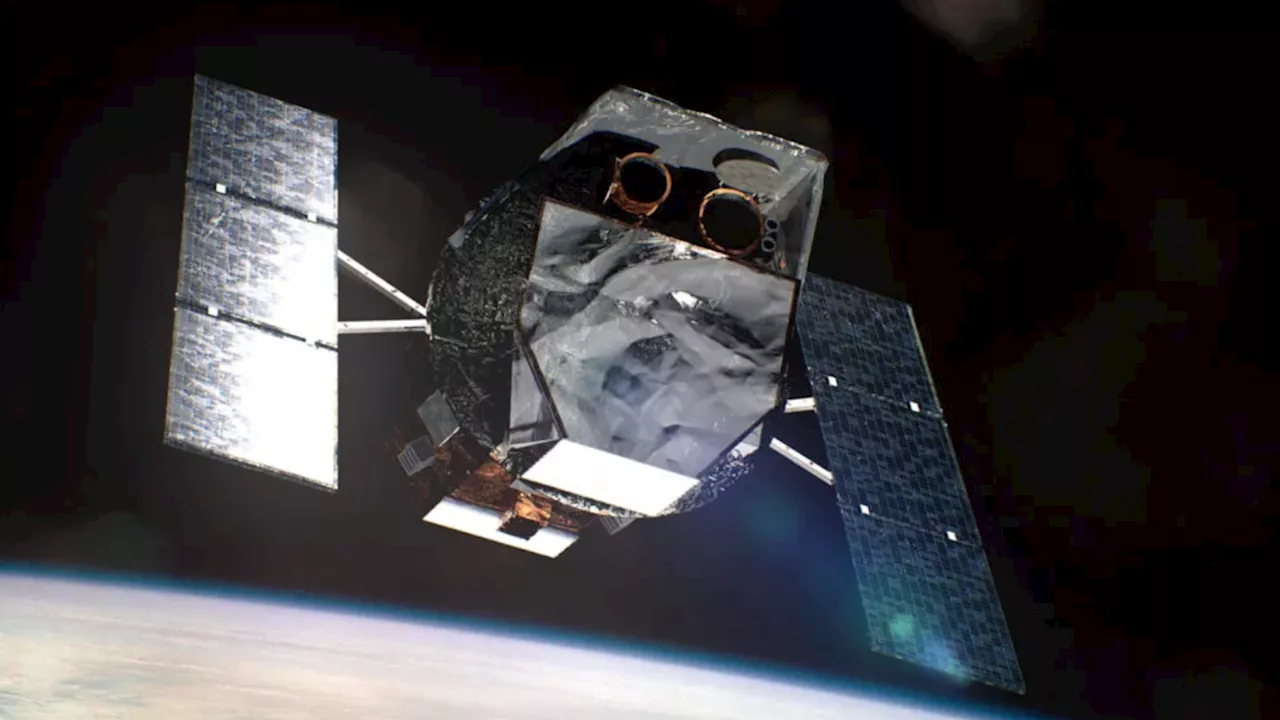Robert Lea is a science journalist in the U.K. whose articles have been published in Physics World, New Scientist, Astronomy Magazine, All About Space, Newsweek and ZME Science. He also writes about science communication for Elsevier and the European Journal of Physics. Rob holds a bachelor of science degree in physics and astronomy from the U.K.
The space telescope, which observes some of the most powerful blasts of radiation from the universe's most violent cosmic events, known as"into safe mode on March 15 as a result of the"degrading performance" of one of the three gyroscopes the space telescope uses to direct itself towardthe Swift team has been tracking increased noise in the gyroscope for a number of months.
Its main role is to observe GRBs, which are highly intense flashes of gamma rays, the highest energy form of light. GRBs can last from just a few milliseconds to a few hundred seconds. This means Swift has to inform ground-based telescopes extremely quickly about a GRB to allow them to focus on its afterglow.gamma-ray light.One of the most remarkable discoveries made by Swift in its two decades of operation is a GRB scientists lovingly nicknamed the"Swift saw the BOAT on Oct.
This explosion occurred so far away that its light had been traveling for 2.4 billion years before Swift's historic detection of it.Swift may be an"old dog" in terms of space telescopes, but that doesn't mean it isn't capable of learning new tricks. "Swift's hardware, software and the skills of its international team have enabled it to adapt to new areas of astrophysics over its lifetime," Phil Evans, an astrophysicist at the University of Leicester in the United Kingdom and longtime Swift team member,."Neil Gehrels, the mission's namesake, oversaw and encouraged many of those transitions. Now, with this new ability, it's doing even more cool science.
Ireland Latest News, Ireland Headlines
Similar News:You can also read news stories similar to this one that we have collected from other news sources.
 Scientists create 5 new isotopes to learn how neutron star collisions forge goldRobert Lea is a science journalist in the U.K. whose articles have been published in Physics World, New Scientist, Astronomy Magazine, All About Space, Newsweek and ZME Science. He also writes about science communication for Elsevier and the European Journal of Physics. Rob holds a bachelor of science degree in physics and astronomy from the U.K.
Scientists create 5 new isotopes to learn how neutron star collisions forge goldRobert Lea is a science journalist in the U.K. whose articles have been published in Physics World, New Scientist, Astronomy Magazine, All About Space, Newsweek and ZME Science. He also writes about science communication for Elsevier and the European Journal of Physics. Rob holds a bachelor of science degree in physics and astronomy from the U.K.
Read more »
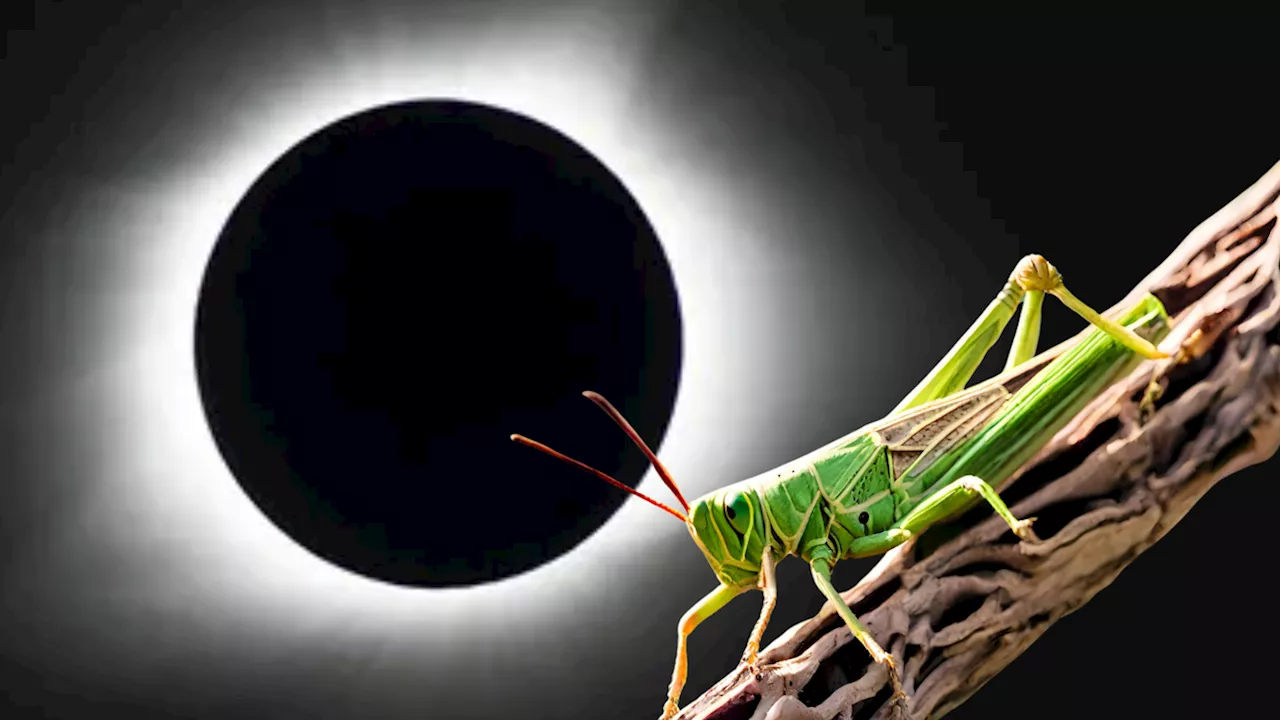 NASA Eclipse Soundscapes Project will record how 2024's total solar eclipse impacts natureRobert Lea is a science journalist in the U.K. whose articles have been published in Physics World, New Scientist, Astronomy Magazine, All About Space, Newsweek and ZME Science. He also writes about science communication for Elsevier and the European Journal of Physics. Rob holds a bachelor of science degree in physics and astronomy from the U.K.
NASA Eclipse Soundscapes Project will record how 2024's total solar eclipse impacts natureRobert Lea is a science journalist in the U.K. whose articles have been published in Physics World, New Scientist, Astronomy Magazine, All About Space, Newsweek and ZME Science. He also writes about science communication for Elsevier and the European Journal of Physics. Rob holds a bachelor of science degree in physics and astronomy from the U.K.
Read more »
 Heaviest pair of black holes ever seen weighs 28 billion times more than the sunRobert Lea is a science journalist in the U.K. whose articles have been published in Physics World, New Scientist, Astronomy Magazine, All About Space, Newsweek and ZME Science. He also writes about science communication for Elsevier and the European Journal of Physics. Rob holds a bachelor of science degree in physics and astronomy from the U.K.
Heaviest pair of black holes ever seen weighs 28 billion times more than the sunRobert Lea is a science journalist in the U.K. whose articles have been published in Physics World, New Scientist, Astronomy Magazine, All About Space, Newsweek and ZME Science. He also writes about science communication for Elsevier and the European Journal of Physics. Rob holds a bachelor of science degree in physics and astronomy from the U.K.
Read more »
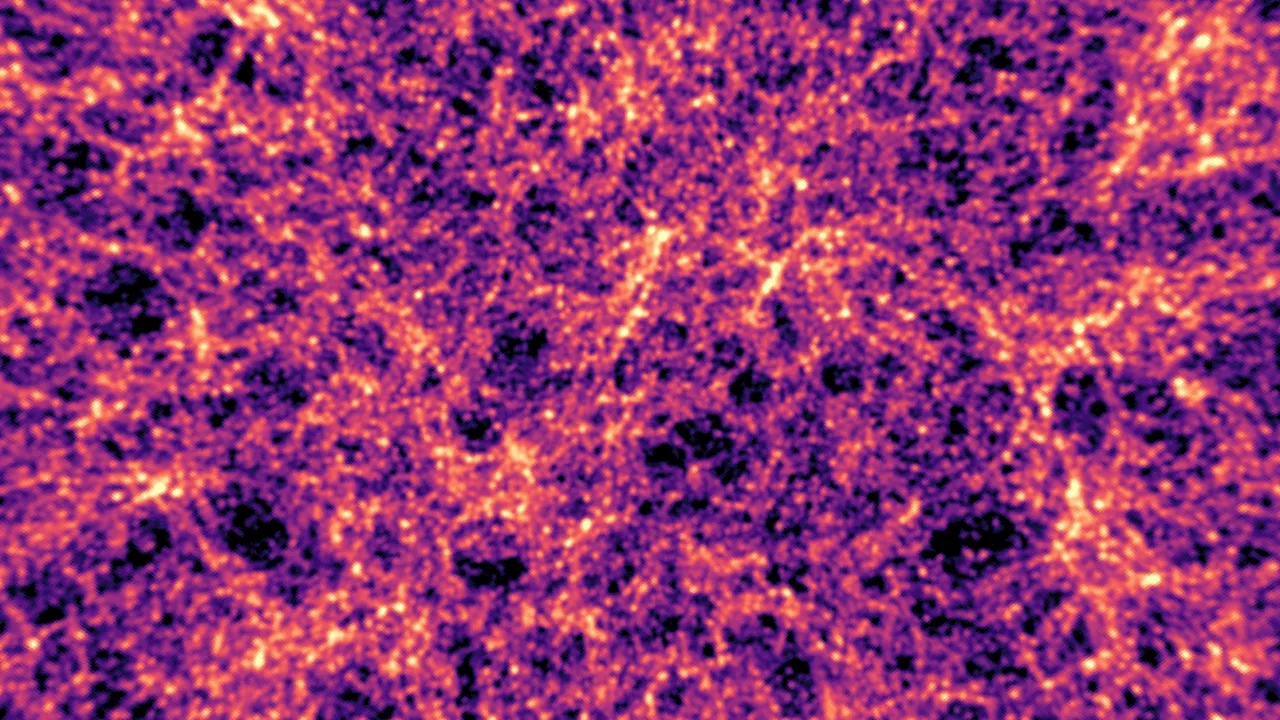 Dark energy remains a mystery. Maybe AI can help crack the codeRobert Lea is a science journalist in the U.K. whose articles have been published in Physics World, New Scientist, Astronomy Magazine, All About Space, Newsweek and ZME Science. He also writes about science communication for Elsevier and the European Journal of Physics. Rob holds a bachelor of science degree in physics and astronomy from the U.K.
Dark energy remains a mystery. Maybe AI can help crack the codeRobert Lea is a science journalist in the U.K. whose articles have been published in Physics World, New Scientist, Astronomy Magazine, All About Space, Newsweek and ZME Science. He also writes about science communication for Elsevier and the European Journal of Physics. Rob holds a bachelor of science degree in physics and astronomy from the U.K.
Read more »
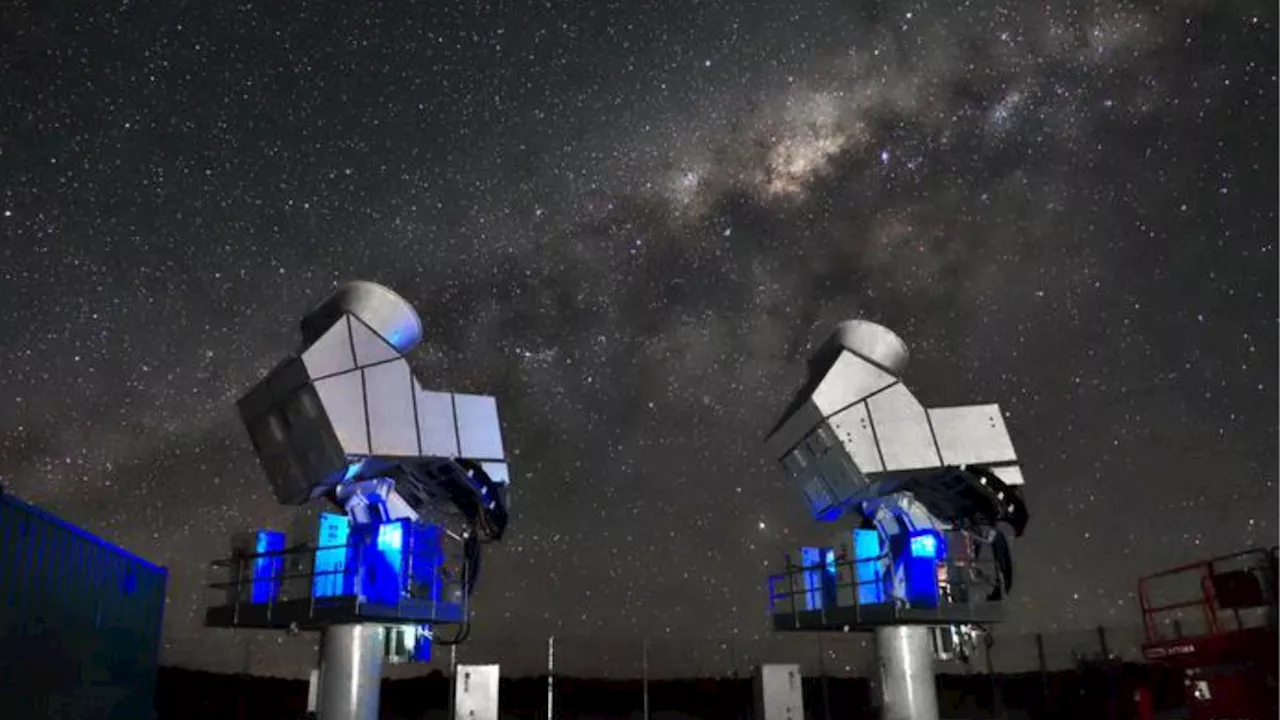 'Wiggles' of energy waves over Earth could hold the universe's historyRobert Lea is a science journalist in the U.K. whose articles have been published in Physics World, New Scientist, Astronomy Magazine, All About Space, Newsweek and ZME Science. He also writes about science communication for Elsevier and the European Journal of Physics. Rob holds a bachelor of science degree in physics and astronomy from the U.K.
'Wiggles' of energy waves over Earth could hold the universe's historyRobert Lea is a science journalist in the U.K. whose articles have been published in Physics World, New Scientist, Astronomy Magazine, All About Space, Newsweek and ZME Science. He also writes about science communication for Elsevier and the European Journal of Physics. Rob holds a bachelor of science degree in physics and astronomy from the U.K.
Read more »
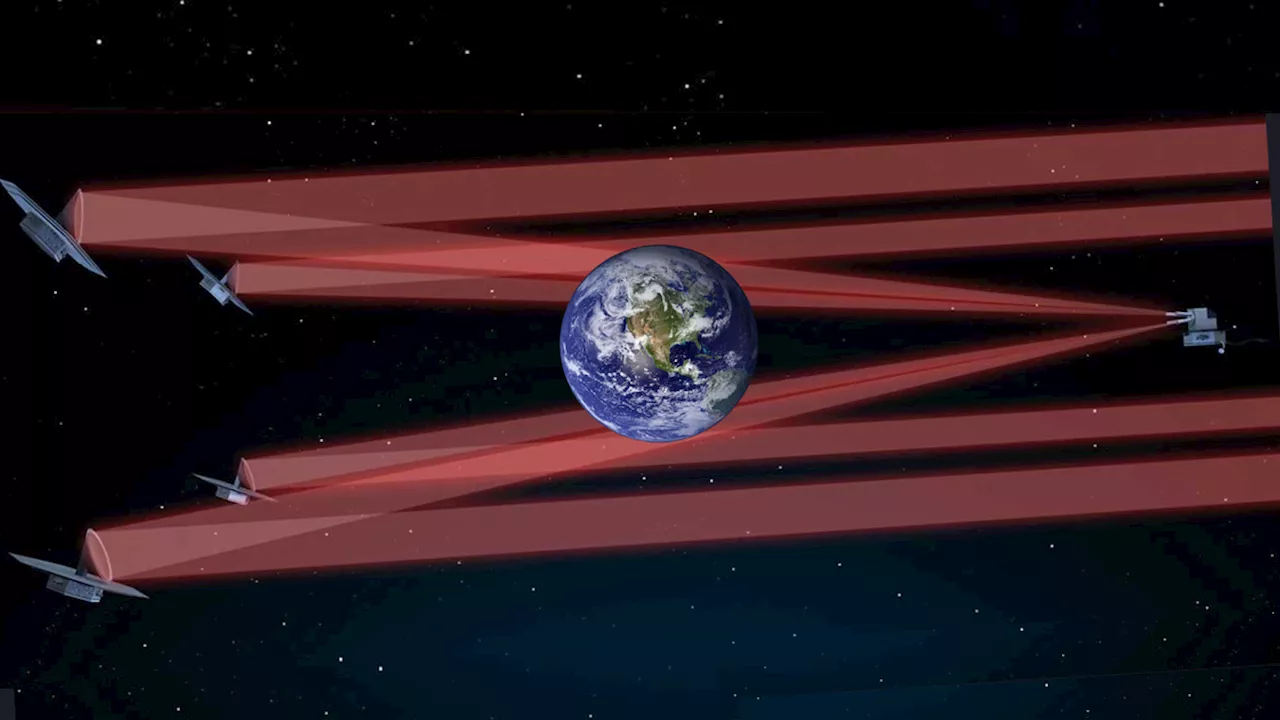 If aliens had our life-hunting equipment, could they find us?Robert Lea is a science journalist in the U.K. whose articles have been published in Physics World, New Scientist, Astronomy Magazine, All About Space, Newsweek and ZME Science. He also writes about science communication for Elsevier and the European Journal of Physics. Rob holds a bachelor of science degree in physics and astronomy from the U.K.
If aliens had our life-hunting equipment, could they find us?Robert Lea is a science journalist in the U.K. whose articles have been published in Physics World, New Scientist, Astronomy Magazine, All About Space, Newsweek and ZME Science. He also writes about science communication for Elsevier and the European Journal of Physics. Rob holds a bachelor of science degree in physics and astronomy from the U.K.
Read more »
